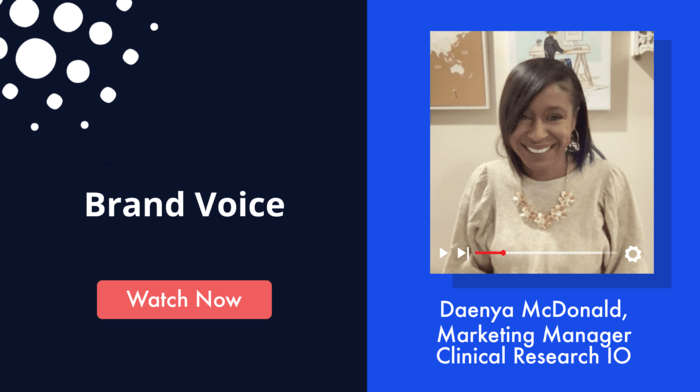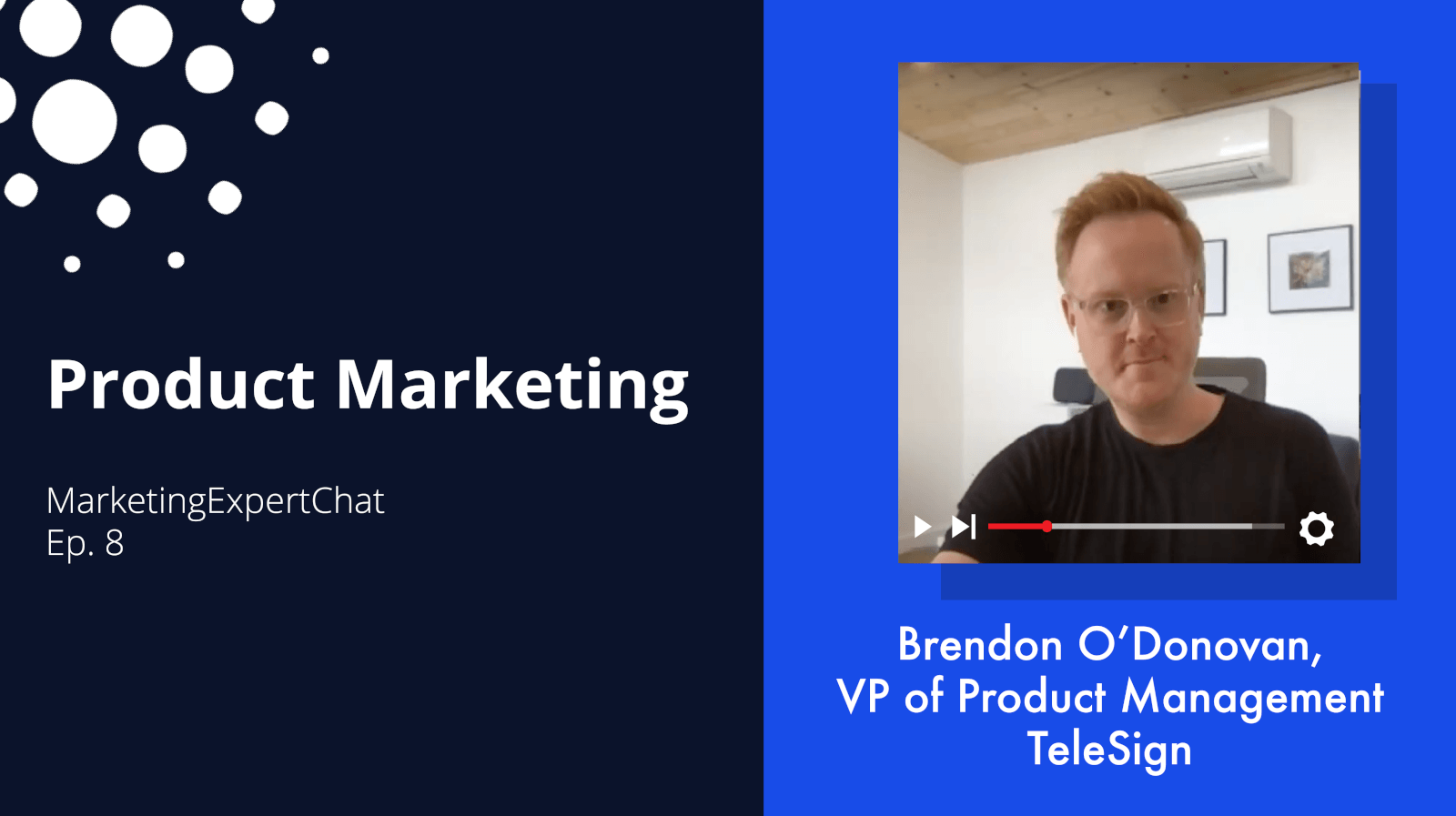In recent years, Influencer Marketing has emerged as a popular trend and effective marketing tool for many brands. In fact, 49% of consumers depend on influencer recommendations, demonstrating just how valuable this tactic can be.
As with all new digital marketing trends, there’s a learning curve involved for us marketers on how, when and why to employ such a tactic in our growth marketing strategies. Influencer Marketing isn’t a “one size fits all” approach – it needs to make sense for your brand the experience should be tailored to your unique business objectives.
Is Influencer Marketing Right for You?
For our latest Growth Marketing Chat episode, we invited Jocelyn Hu, Marketing Manager at Lithic (Formerly Privacy.com), to share her insights on how to spearhead an Influencer Marketing program for your brand.
She covers it all, including:
- 2 key pieces of advice for laying the foundation of the program
- How to select influencers that are right for your brand
- Pitfalls to avoid when building your strategy
Whether or not you think Influencer Marketing would work for your brand, there’s something to learn for everyone in this interview. Tune in now!
Video Transcript:
CAROLINE: Hi today I'm here with Jocelyn Hu. Jocelyn has a background in influencer marketing media buying tech, and now she is a marketing manager at privacy.com. Jocelyn, thank you so much for being with me today.
JOCELYN: Yeah, of course. I'm happy to be here.
CAROLINE: So with your background in influencer marketing I wanted you to ask you what advice would you have for a marketer trying to spearhead an influencer marketing program?
JOCELYN: I have two main pieces of advice. I think the first is that you have to really keep the main objective in mind that influencer marketing is all about relationship building you know, period. I think what happens as you start scaling your roster and it gets really busy with managing all these moving pieces. Each of these sponsorships start feeling like just another email or another business transaction but they're not like you're working with real people with emotions and opinions that can really sway how your product is positioned. So really your job with creating an influencer marketing program is to not only find loyal customers who also happen to have large following bases but you also want to create a reason for them to want to work with you. So you need to continue to find a way to add value to them by fostering a relationship to them with a product.
And my second piece of advice is that, you know obviously, every company will have their own set of learnings, but I think that one of the things you remember is when you kick off an influencer program, you really need to provide room to fail and you are going to fail. You know, in the last few years that I've been working with YouTube, YouTube sponsorships it really continues to be the wild, wild west. Like you can use all these different sourcing tools or you can start picking out certain trends but some creators that you may have really high hopes for may not end up driving any kind of conversions. And then these small, tiny creators that you least expect may all of a sudden take off. So it just takes a lot of wading through the waters to find that one gem. So don't expect every single creator to be the 100 right off the bat.
CAROLINE: Right. Interesting. I think it's, it's really funny because in terms of channels, usually you have like certain things you expect from certain channels, but when you do influencer marketing each person is kind of their own channel right and it's a whole different kind of challenge that you face.
JOCELYN: Right? Right. Like every creator has their own different kind of personality, their own different set of followers. So each of them is completely different.
CAROLINE: Right. Right. So that brings me to my next question. How do you choose your influencers for your brand?
JOCELYN: Yeah. There are certain qualifiers that I look for. So the first one is definitely quality. You want to make sure that you're finding influencers that you know, fit the mission of your company. The closer a creator is to your brand's mission the easier it's going to be for outreach for expecting a response from them, for driving home your talking points, when they're talking about your product and then ultimately building a long lasting relationship with them, you know, that's ultimately the goal with all the creators that you work with.
You want them to become lifetime brand evangelism or brand evangelists because of the personal alignment that they feel with your product. But that doesn't mean you shouldn't branch outwards as well. You should definitely create a test bucket where you can experiment with creators that might not fit that cookie cutter mold of your brand. This is the only way that you're going to get more exposure and kind of extend outside of your comfort bubble but just be aware that this may affect your costs and potentially require a little bit more handholding during that relationship-building process.
And some other qualifiers that I look for is definitely a category. So what interest categories does your product lean towards is it more tech, more business, beauty, food or drinks, you know, start there. You're definitely gonna find your most engaged users in this set of people. And then after that, I would do a Google search around your product, or even check social media. So like check Reddit, checked what Twitter to see who was talking about your product what other topics are they talking about and what these audience profiles might look like?
And that will help you start sourcing other you know, interests, reds where people who might be interested in your product will be. And then finally, I would say, do your due diligence and your research always ask your influencers for screenshots of their audience demographics. So what is, what are their audiences' age, male female split, and audience geography. And then for YouTube specifically ask for the video retentions and average watch time. These metrics will help you gauge audience affinity and also determine where you should place the ad integration. For instance, if one of your creators has an average video drop-off within the first minute of the video don't expect to see really strong performance if you've secured a post role. So these are just things to keep in mind when you're looking for different influencers and also negotiating with them as well.
CAROLINE: Wow. Okay, great. So that's super helpful. Is there any other pitfalls that we should avoid as we launch influencer programs?
JOCELYN: Yeah, I would always say double-check for engagement. Sometimes it's really tempting to find an influencer who has 5 million subscribers for a really cheap rate. But then when you look at their average video views they only have like five to 10,000 views per video. You know, there's definitely something off there. So do a double check on that to make sure that you're actually getting the most engaging creators. And then one thing that I also would love to, you know share is that never end a negotiation like it's the last time that you'll work with them.
It kind of ties into the relationship-building aspect that we talked about but it's very common that a small creator that you might've rejected in the beginning will become big.
CAROLINE: Right.
JOCELYN: In years, so, you know, that's when you will want to work with them. So don't burn any bridges as you're negotiating with these creators. Be respectful, don't undersell and just continue to drive conversation that will leave that door open or just help them understand that there's interest in working with them because you never know like five years later they might become like the next Jake Paul or something and, you know you haven't wanted to leave a bad taste in their mouth on that.
CAROLINE: All right. Well, Jocelyn, thank you so much for all of this advice. So basically if you want to be an influential marketer or you have to be a salesperson, you have to be a marketer or you have to be a negotiator, a relationship builder and a good, very good at research. So that's another part.
JOCELYN: Wear all the hats.
CAROLINE: Exactly.
JOCELYN: All right. Thanks so much.
CAROLINE: Thank you.





